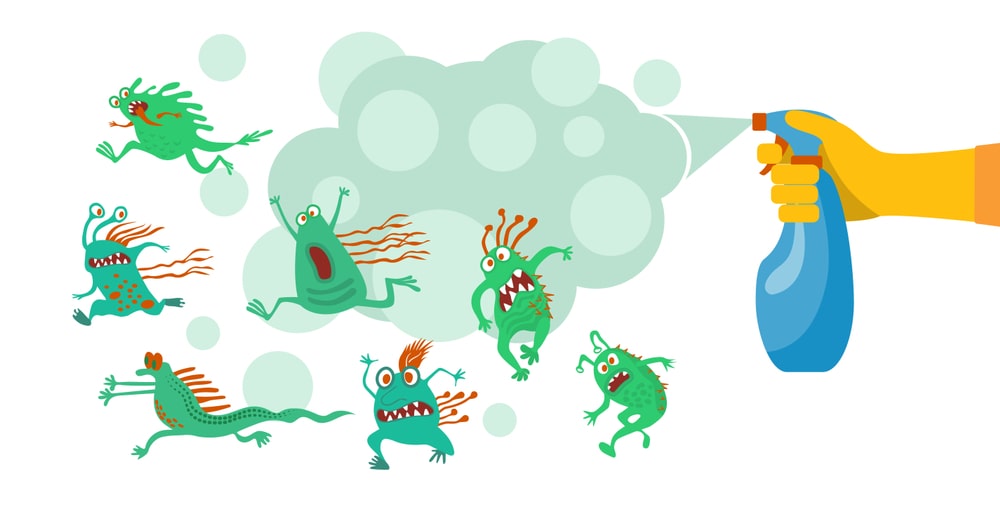They are the agents that cause the destruction or inhibition of the growth of microorganisms such as bacteria, viruses, and fungi on living surfaces such as skin and mucous membranes. In the 19th century, the discovery and development of antiseptic chemicals and principles began. They are different from antibiotics and antiviral drugs that work inside the body, and from disinfectants, which are chemicals applied to non-living items and surfaces.
Mechanisms of Action
All antiseptics interfere with the life processes of microorganisms. Example: Benzylalkonium interferes with intracellular signaling and chemistry to the point that the cell membrane begins to disintegrate. Iodine compounds irreversibly deform or denature, critical proteins in bacteria, starting at the cell membrane and moving inwards. Alcohol also denatures and destroys cell membranes. Some soaps and detergents cause bacterial cell membranes to lose integrity or denature critical proteins. Other antiseptics directly interfere with critical enzymes inside a microbe.
Types of Antiseptics
Many antiseptics are used today and they are classified based on their active chemical ingredients.
Alcohol Antiseptics: They are generally composed of isopropyl or methyl alcohols and are commonly used to sterilize hard surfaces such as medical tools at hospitals. Medical personnel also use alcohol gels as hand sanitizers in order to prevent the spread of disease.
Chlorhexidine Antiseptics: It is used as both oral and skin cleansing products. It is the active ingredient in prescription mouthwashes like Peridex (According to the FDA Professional Drug Information database). It is applied either directly onto wounds or to unbroken skin before surgery in order to proactively prevent infections.
Idochlor Antiseptics: They are applied as a topical treatment to unbroken skin or mucus membranes to prevent infection before surgery. Example: Betadine.
Peroxygen Antiseptics: They are used in bubbling reactions to blood and damaged cells. Example: hydrogen peroxide. Hydrogen peroxide is used to cleanse wounds and disinfect the skin. It is also used as a gargle or mouthwash.
Phenol Antiseptics: They are used primarily as skin disinfectants and in medicated soaps and scrubs. In addition, phenol can also be used in mouthwashes and throat lozenges.
Quaternary Ammonium Compound Antiseptics: They are also known as “Quats,”. They are the group of chemicals used in antiseptics commonly used to sterilize the skin before surgery. They are also used as a preservative in eye drops. Example: Benzalkonium chloride.
Ideal Properties of Antiseptics
- They should have broad-spectrum activity, should destroy microorganisms.
- They should have rapid bactericidal activity.
- They should be active at any pH.
- They should be non-irritant, non-corrosive.
- They should not stain the instruments.
- They should be soluble in water.
- They should penetrate deeply to the bacterial cells.
- They should not damage materials or living tissues when they have come in contact.
Make sure you also check our other amazing Article on : Disinfectants
